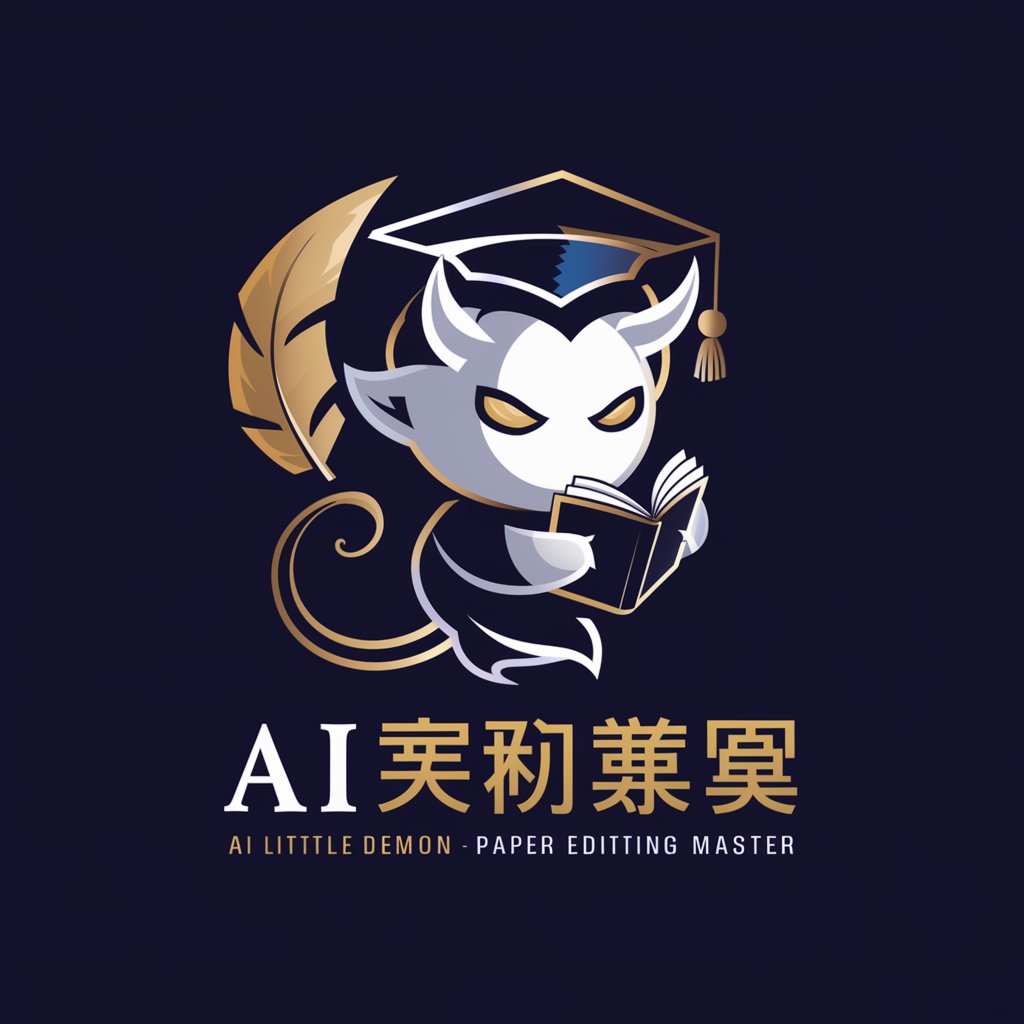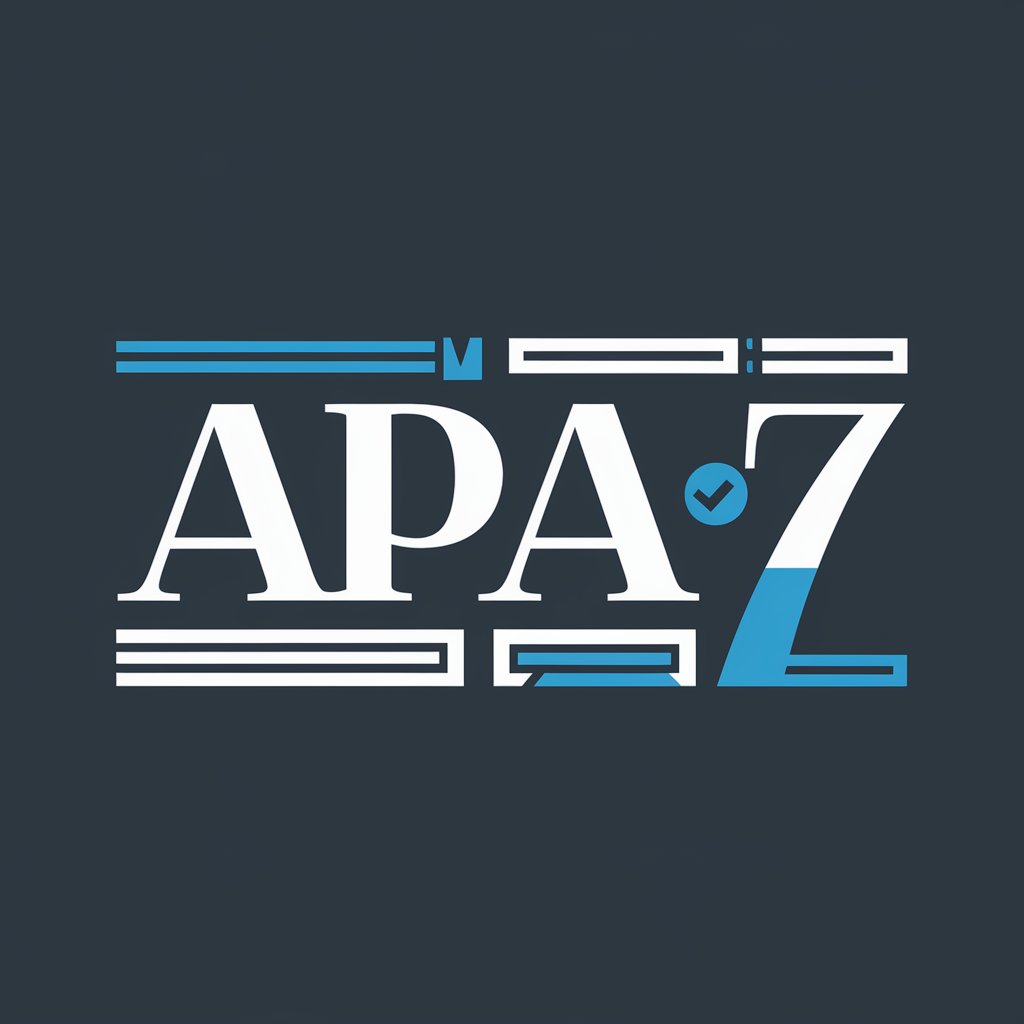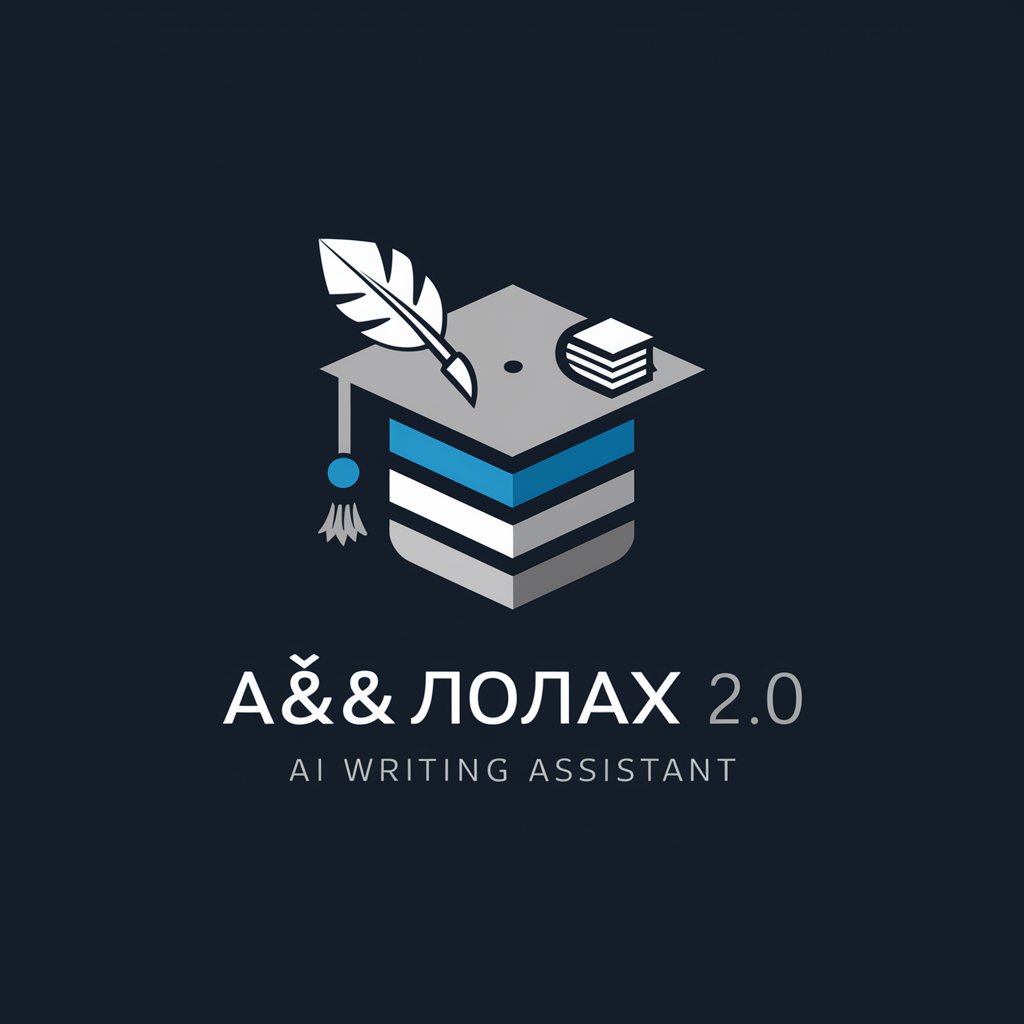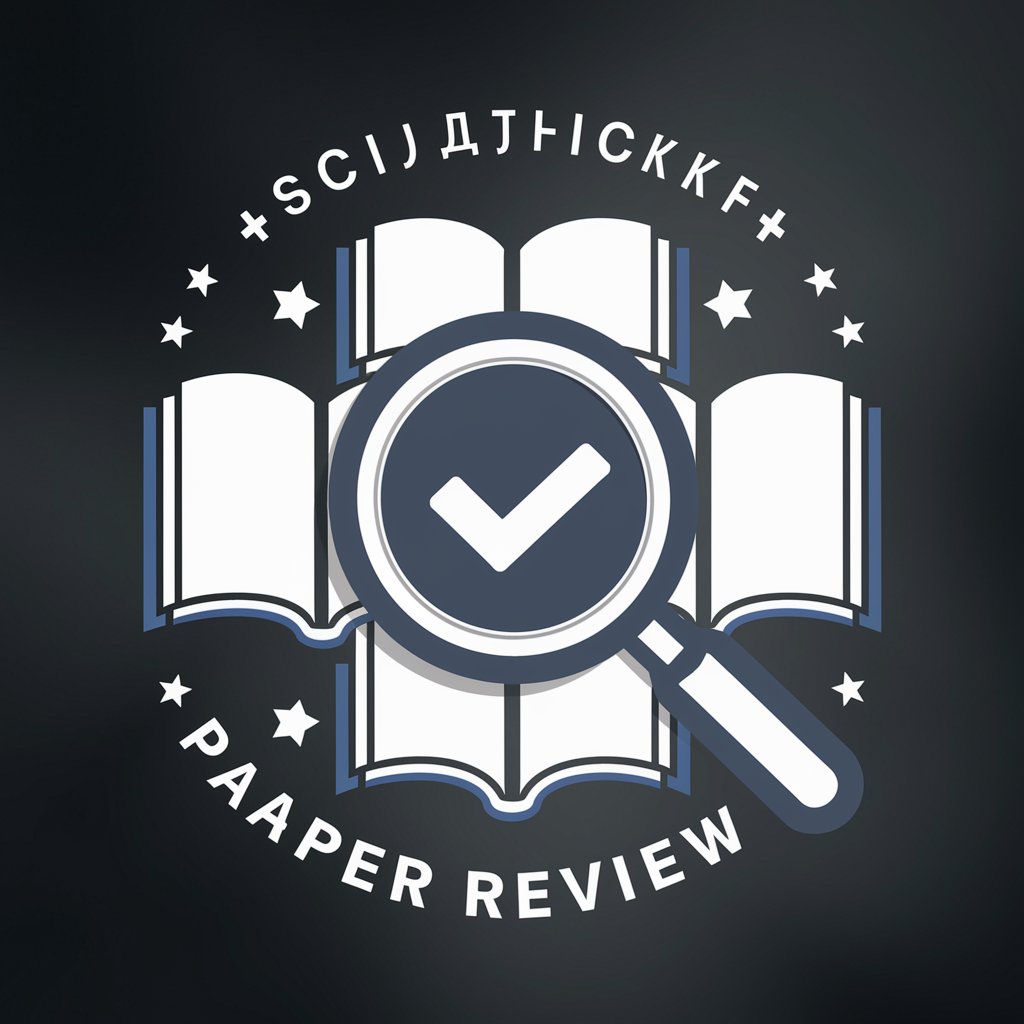
统一参考文献格式(GB/T 7714)-AI reference formatting tool
AI-powered GB/T 7714 reference formatter

专业编辑和统一参考文献格式(GB/T 7714)
如何按GB/T 7714格式化这篇文章的参考文献?
这个参考文献列表需要哪些修改?
请帮我检查这些参考文献的格式。
这篇论文的参考文献格式正确吗?
Get Embed Code
Introduction to the GB/T 7714 Reference Formatting Standard
Core Functions and Applications of GB/T 7714
Standardized Author Name Formatting
Example
Qian XS or Xuesen Qian (not X.S. Qian or Qian, Xuesen)
Scenario
In a multilingual academic paper, authors’ names from Chinese and foreign sources must follow strict name order and formatting. This function ensures Chinese names are correctly displayed (e.g., 'Qian XS') and Western names appear with the surname first, e.g., 'Metcalf SW'.
Proper Reference Type Tagging
Example
[J] for journals, [C] for conferences, [M] for books, etc.
Scenario
An engineering researcher preparing a manuscript for a Chinese core journal must distinguish clearly between sources from journals, conferences, and dissertations. Proper tagging such as '[C]' for proceedings ensures the citation is identifiable and traceable.
Elimination of Formatting Errors and Inconsistencies
Example
Removal of DOIs, avoiding abbreviated conference names, and correcting punctuation spacing
Scenario
A research assistant compiling references from various export formats (EndNote, Zotero, Google Scholar) may end up with inconsistent formats. GB/T 7714 guidelines unify these references into a professional, standardized bibliography by removing extraneous elements and applying proper spacing and punctuation.
Target Users and Their Needs
Academic Researchers and Graduate Students
These users frequently write theses, journal articles, and reports. Adhering to GB/T 7714 is often a mandatory requirement in Chinese universities and scholarly journals. Using the standard ensures their work meets institutional and publication standards, avoiding rejection or revision requests based solely on reference formatting.
Editors and Peer Reviewers of Chinese Journals
Journal editors and reviewers use GB/T 7714 to verify the technical integrity of submissions. Proper reference formatting signals attention to detail and academic rigor. It also facilitates accurate indexing and database integration (e.g., CNKI, WanFang), which are crucial in China's academic ecosystem.
How to Use 统一参考文献格式(GB/T 7714)
Step 1
Visit aichatonGB/T 7714 Guideline.org for a free trial without login; no ChatGPT Plus required.
Step 2
Prepare your reference entries: Gather all citation information including author(s), title, journal or book name, publisher, year, pages, and document type.
Step 3
Submit your unformatted references: Paste them into the chat or upload in bulk, regardless of the current citation style (APA, MLA, IEEE, etc.).
Step 4
Let the tool auto-format: The AI will standardize author names, correct punctuation, apply Chinese and English name rules, and format according to GB/T 7714 standards including document type, journal naming, and spacing.
Step 5
Review and copy output: Receive fully formatted references that you can directly paste into your thesis or research paper. Double-check non-standard entries (e.g., websites, preprints) manually.
Try other advanced and practical GPTs
Cartoon Animations Pro v1.2
AI-powered 3D cartoon creation tool
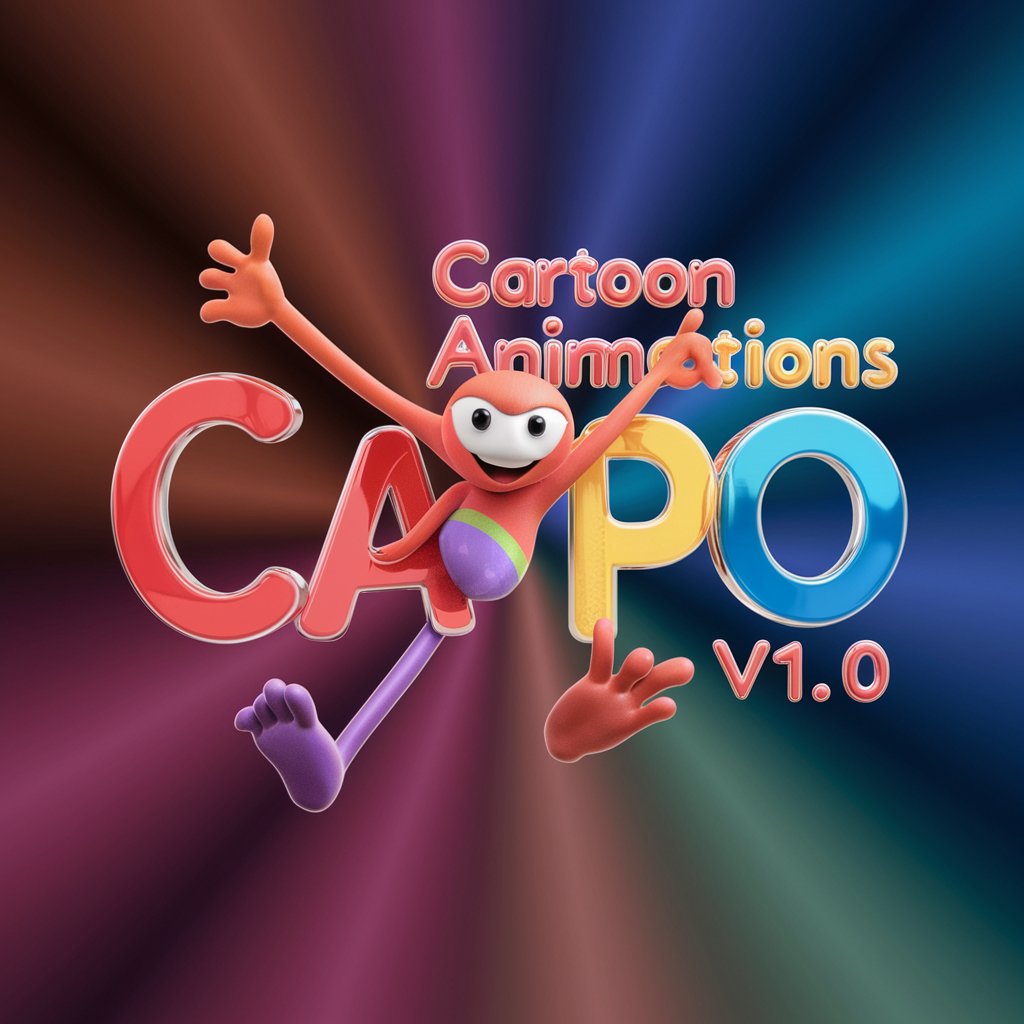
Business Headshot Generator AI
AI-Powered Tool to Instantly Create Pro Headshots

💻Professional Coder (Auto programming)
AI-Powered Coding Help, Tailored to You
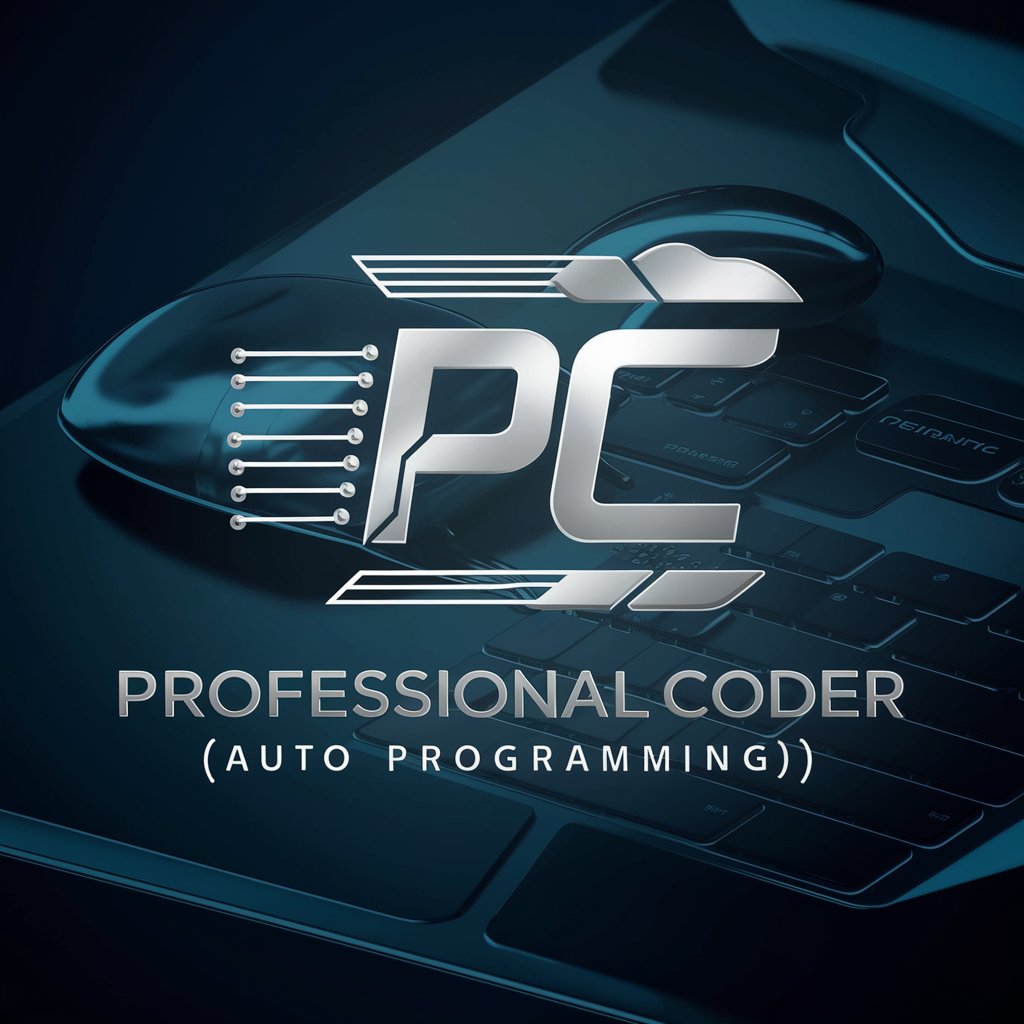
运维工程师
AI-Powered DevOps Expertise at Your Command

Prompt creator for Create.xyz
AI-powered prompts for fast app creation
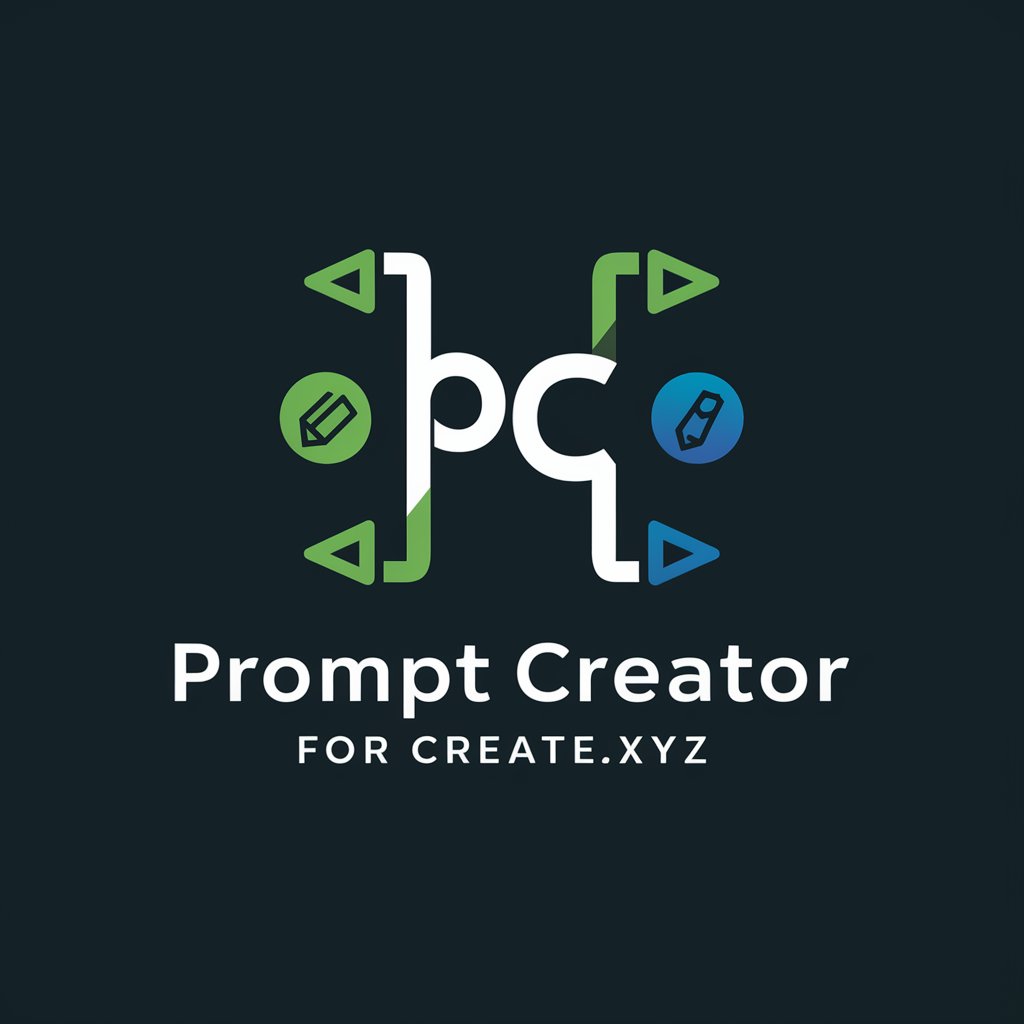
Investing & Finance [Updated]
AI‑Driven Investing & Finance Insights
![Investing & Finance [Updated]](https://r2.erweima.ai/i/a3lK86plT06-HXUyisDWSg.png)
Advogado Civilista
AI-powered legal writing for civil and labor law
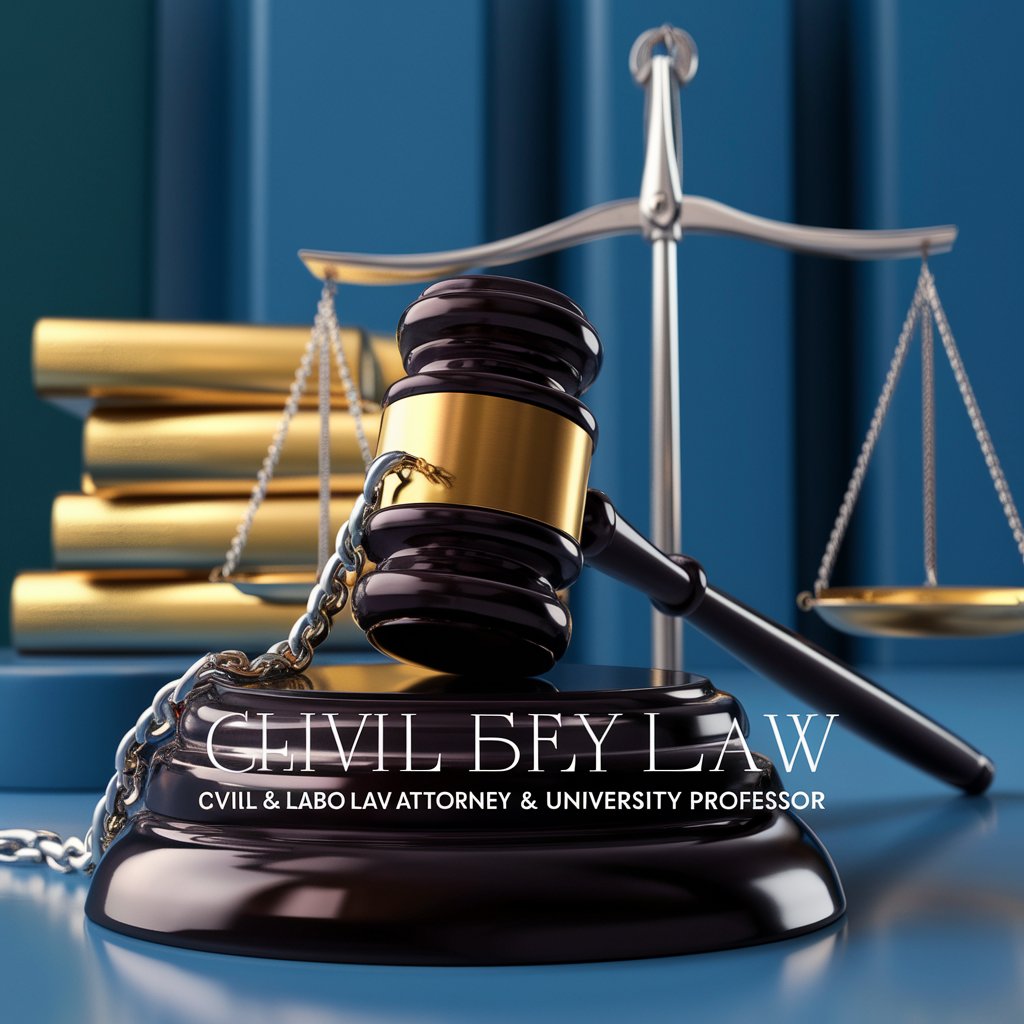
super-rephrase-soft
AI-powered rephrasing that preserves your meaning.
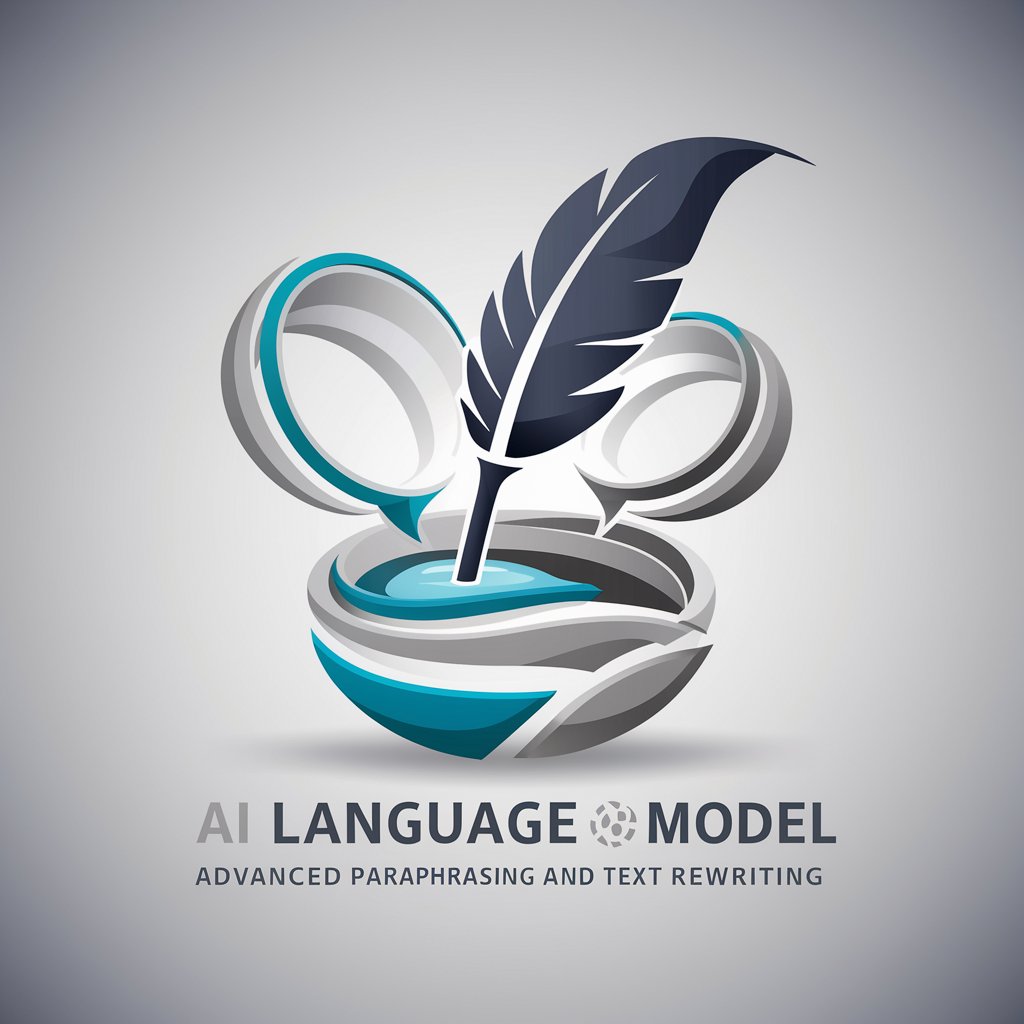
Escritor de Ebooks e Livros
AI-powered writing for captivating books

Social Media Script Writing Wizard
AI-powered script wizard for viral videos

DevExpress Helper
AI-powered DevExpress problem-solving tool.

NGINX
AI-powered NGINX configuration made easy
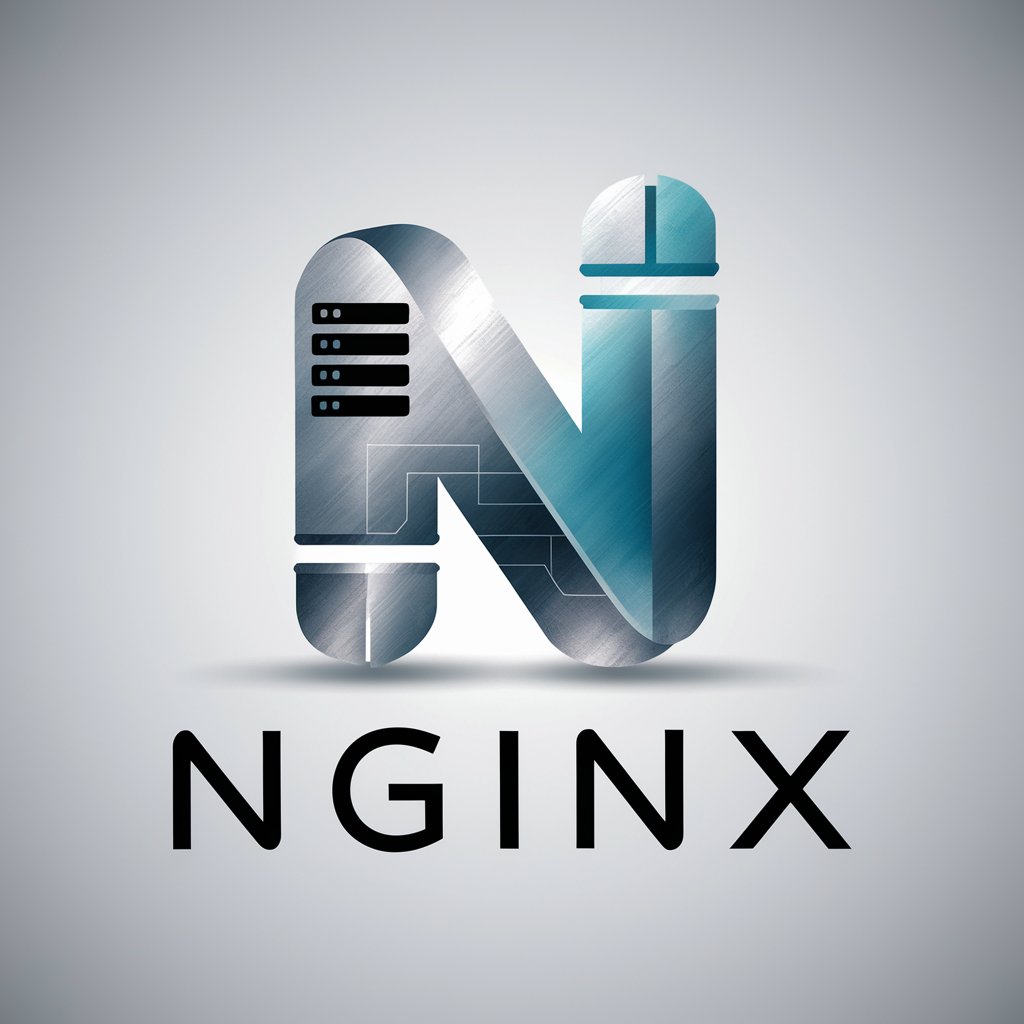
- Academic Writing
- Thesis Submission
- Research Formatting
- Journal Publishing
- Conference Papers
Common Questions about 统一参考文献格式(GB/T 7714)
GB/T 7714 is the national citation standard in China used in academic writing and publications. It ensures uniformity in formatting across theses, journal articles, and reports. Adhering to it is mandatory for submissions to Chinese academic journals and universities.
How are author names handled in GB/T 7714?
Chinese names are written in full (e.g., 王伟) or abbreviated (Wang W). For foreign names, use surname first with capitalized initial for given name (e.g., Metcalf SW). Only list up to three authors; if more, use '等' for Chinese or 'et al' for English references.
Can this tool correct incorrect punctuation and spacing in citations?
Yes, it automatically corrects punctuation (commas, semicolons, periods) and spacing based on strict GB/T 7714 rules. It also ensures proper placement of brackets, slashes, and document type tags like [J], [C], [M], etc.
What types of documents does this tool support?
It supports a wide range of references including journal articles [J], conference papers [C], books [M], dissertations [D], reports [R], patents [P], newspapers [N], and electronic resources [E].
Is manual checking still necessary after formatting?
For most standard references, no. However, for obscure sources (e.g., web pages, rare books, or mixed-language entries), a quick manual review is recommended to ensure accuracy, especially regarding publication details and author name consistency.

